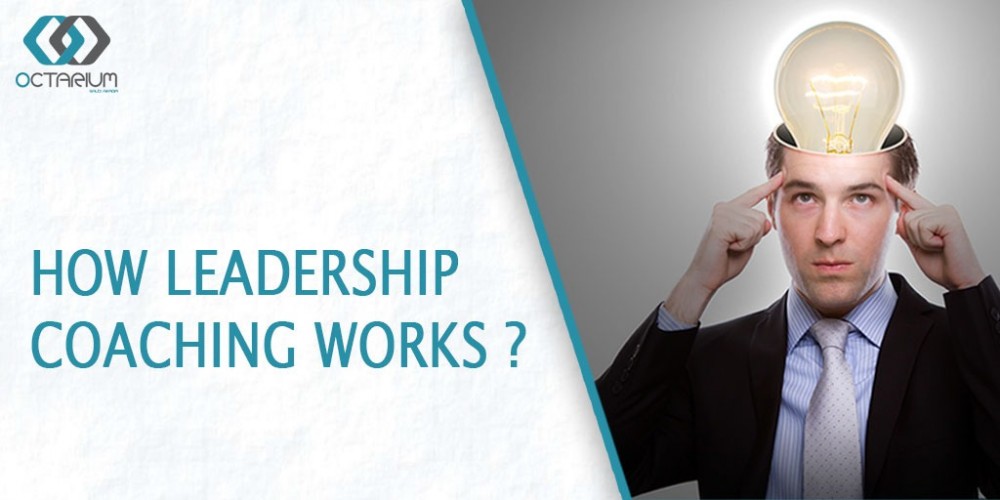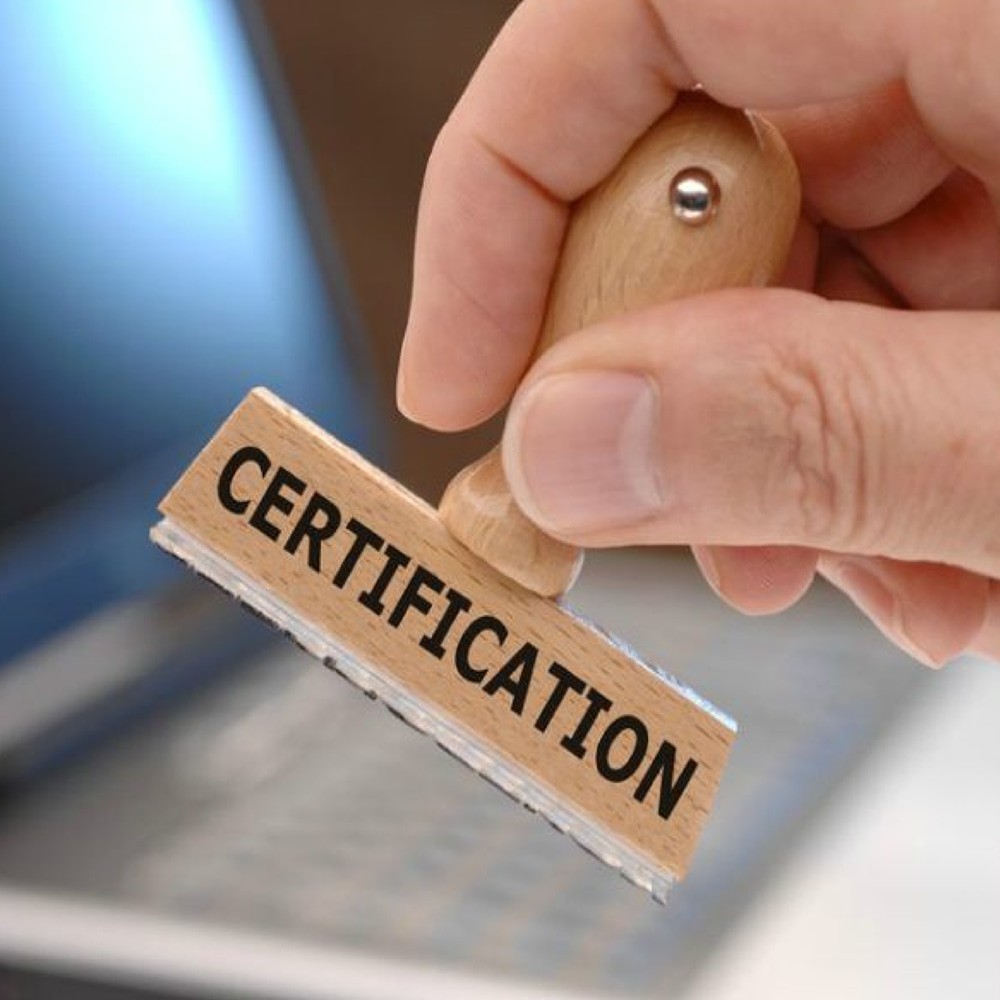There is no one definition of leadership. It has different meanings to different people. Yet, in almost all definitions, leadership is defined by how a person acts within the workplace. It includes the person’s ability to communicate and connect with others to achieve a common goal within the organization. It includes creating a positive workplace in which employees feel committed and dedicated to achieve beyond what is required of them.
Here are some of the well-known leaders’ definition of leadership:
“Leadership is working with and through others to achieve objectives. And the key word is ‘others.” Marshall Goldsmith
“A leader is one who knows the way, goes the way, and shows the way.” John C. Maxwell
“The first responsibility of a leader is to define reality. The last is to say thank you. In between the leader is a servant” Max DePree
“If your actions inspire others to dream more, learn more, and become more, you are a leader” John Quincy Adams
The above quotes indicate that leadership is not one thing. It is a combination of different things. Yet, the common factor is that leadership is about connecting with others. It is about building relationships. Through relationships, leaders build strong workplace environment which includes clear values and goals, motivated employees, and constructive system. This, in return, increases productivity and performance.
Characteristics of a Leader
Leadership is about behavior. It focuses on the person’s ability to connect and communicate with others. This leads to a strong relationship in which leaders and employees work together to determine and achieve goals.
The role of leadership requires a certain list of attributes and skills. In one intensive research study done by the authors of Leadership Challenge, there are specific characteristics that people look for in a leader. The research is based on asking people to specify the best leaders’ traits, characteristics, and attributes. More than one hundred thousand people responded from around the globe. Despite the differences in backgrounds of the respondents, there were consistent answers. The research found that people follow a leader who is:
Honest
Competent
Inspiring
Forward-looking
Each of these characteristics scored more than 60%. This indicates its important and, thus, to be an effective and successful leader, these characteristics should be clear to others. First, being honest means that the leader is authentic. It allows others to trust the words and actions of the leader and, therefore, more willing to follow. The issue with honesty is that once broken it is hard to regain. Thus, leaders should be sincere and authentic in their words and actions. This includes ‘practicing what you preach’ and ‘walking the talk.”
The second characteristic is competency. Although honesty scored the first most important characteristic according to the research, followers or employees need to ensure that their leader is competent at a technical, managerial, and business level. The leader should humbly showcase personal abilities and prove that things will be done in an effective and efficient way.
In addition, leaders should also be inspiring and forward-looking. Leaders should be motivated and inspiring in order to transfer this to their employees. This is done through honest and effective communication on the values, mission, and vision of the leader at a personal and organizational level. Adjacent to that, leaders should be clear of where they are and where they want to go. They are focused on the actions required to reach the anticipated goals of the organization.
These characteristics are essential and they scored the highest in the intensive analytical data collection. However, there are other important characteristics. Yet, despite that, these traits are present to the followers or employees when it is communicated. Leaders who communicate with integrity and sincerity are labeled as honest. Similarly, showing your competency, inspiration, and forward-looking personality leads to more employees finding you credible to follow. What you communicate and how you communicate is a crucial part of leadership.
Leadership and Change
It is evident that the business world is going through a transformation at various levels. The technical development contributed to the change in business products, processes, and operations. However, the technical changes are only a part of organizational transformation and development. The changes in the organization’s core create a transformation that is more effective, efficient, and long-lasting. In this part, two main changes will be discussed:
Organizational Development
Employees Purpose
Changes in Organizational Development
According to Sir John Whitemore the author of Coaching for Performance, there are four stages for organizational development. Each stage has its own characteristics and traits in terms of mindset, culture, system, implementation of vision & purpose, and leadership style. As the organization advance in the stages, its performance increases. Sir John Whitemore describes the main characteristics and leadership style of each stage.
First Stage: Impulsive
In this stage, the organization is basically a chaos. There is no system that promotes performance. Its leadership style as suggested by its title impulsive. This means that there is no consistency. The business is derived by the leader’s decisions that are based on spontaneous feelings and emotions. This causes confusion and frustration amongst employees, who are most likely not to sustain.
Second Stage: Dependent
In the second stage, there is an enhancement from the previous stage in terms of rules and regulations. Yet, they are set by the leader. The employees are dependent on the leader to take decisions and determine every aspect of the business. There is no much involvement from the employees. This leadership style, although better than the previous, it creates a ‘blame’ culture. There is a minimum sense of harmony, unity, and teamwork. In case there is a mistake, leaders direct the blame to the employees. This environment limits creativity due to fear of mistakes and failure.
Third Stage: Independent
As the leadership progresses and improves, business reaches an independent stage. This stage consists of a culture that encourages creativity and individual development. There is consistency and clear set of goals. The leadership style focus on improving and empowering. The employees are accountable for their actions. There is a learning environment rather than blame. Therefore, employees are more relaxed and comfortable to actively participate in discussions and decisions. They are also considered a contributor to the business success.
Fourth Stage: Interdependent
This is the highest stage, which consists a culture of collaboration and support to each other. It is in this stage where leadership transforms the organization as whole. There is high level of awareness and accountability. The leadership style aims to encourage, motivate, inspire employees to reach their potential and fulfill their life purpose. The difference between this level and the previous one is that leaders take into account the employee’s purpose. They work together to understand each employee’s goals and harmonize it with the organization’s goals. Thus, the organization’s success contributes to the employee’s fulfilling his/her purpose and meaning in life.
The question is: why do organizations need to change? The answer is not only to transform its business and shift to the fourth stage. The answer is performance. As described above, each stage has its distinct culture and leadership style. The work environment in the fourth stage promotes creativity, innovation, risk-taking, learning, developing, and growing. The leadership is focused on individual development along with team development. There is room for experience and learning. This increases the employees’ loyalty and commitment to their job and work. As a result, the performance is increased tremendously compared to the lower stages.
In summary, the organizations need to change in order to:
Create a positive work environment
Develop individual potential
Enhance teamwork
Achieve goals, mission, and vision
Increase loyalty, commitment, and accountability
Increase performance (which translates into higher profit)
Change in Employees Purpose
As the business side is changing drastically and continue to do so, the employees’ desires and requirements are also transforming. Employees are no longer working exclusively for the finances. This has evolved throughout the years. This is an important topic that most organizations neglect. Yet, understanding the drive of the hired employees allows leaders to recruit candidates that best fit the company and who will achieve the personal and organizational goals. So, the question is: what are employees looking for?
There is a number of research studies analyzing the employees’ purpose in finding and accepting jobs. According to an article in Forbes magazine, a study conducted by Mercer gathered information from more than 7000 people at different organizational level and across 44 countries. The study looked at the transition of employers and employees. In its findings, the research revealed that employees “desire to work with a purpose.”
This is overlooked by most business companies as their main concern is profit. However, this may lead to a number of issues within the workplace. Leadership within organizations should be aware that employees need to connect their individual purpose to the company’s. David Ulrich, a professor of business at the University of Michigan and author of more than 30 books in leadership, states that:
“An abundant organization enables its employees to be completely fulfilled by finding meaning and purpose from their work experience. This meaning enables employees to have personal hope for the future and create value for customers and investors. When we ask people how the feel about their work, we can quickly get a sense of how work helps them fulfill the things that matter most in their lives.”
This indicates that employees who do not find purpose in their workplace are more likely to not be fully committed. Their job satisfaction is low. In return, the performance which leads to higher profit (which is what organizations are looking for) is reduced significantly compared to organizations that ensure that the employees’ purpose and meaning are incoherence with the company’s purpose.
To elaborate further, each person in this world believes that is born for a reason. This is called life purpose. It is gives everything a person says and does a meaning. This person has a role and an important one. Self-actualization depends on how much the person fulfills the life purpose and meaning. Consequently, employees are looking beyond the job. Their roles and duties within the organization should have a value, which is clearly communicated at an individual and organizational level. Thus, organizations that would like to provide a positive empowering workplace environment need to take the time and effort to work with employees at different levels to ensure that their individual purpose is being fulfilled through achieving the organization’s goals.
Coaching within the Organization
The transformation in the organizational development and employees’ perception on an ideal job requires a transformation in the leadership style within companies. Perhaps there are different ways to tackle this. However, there is an increase of the number of successful organizations who are using the practice of coaching to achieve the best leadership style, which promotes an empowering work environment that leads to high performance.
Why Coaching Works in Organizations?
The International Coach Federation (ICF) defines coaching as ““as partnering with clients in a thought-provoking and creative process that inspires them to maximize their personal and professional potential.” This definition pinpoints the fundamentals of coaching, which are:
The coach is a partner, not a counselor or a mentor, the coach allows the client (employee) to be in control
The methodology of coaching is based on creating a safe environment in which the client feels comfortable to go deep into the desired outcomes in order to determine the why and how
The coaching helps the employee expand the list of options available and able to achieve creative ways to achieve
Many organizations have included coaching as one of its services to its employees. Coaching brings balance into the workplace. This is because the leader and the employees are working collaboratively to grow, develop, learn, and achieve. It creates a culture of interdependence, which was discussed earlier.
Moreover, coaching creates a unique mindset for leaders and employees. Sir John Whitmore describes in his book Coaching for Performance the characteristics of a coaching mindset and how it works. The coaching leadership style creates a safe environment for employees to develop. This includes:
Belief in potential: leaders believe that their employees are capable to perform and deliver with excellence. In return, employees will feel trusted and accountable to deliver to their highest potential. This belief is based on trust that each person has potential and what is required is a safe environment to learn and experiment.
Self-motivation: when leaders take employee’s purpose into consideration and embed it into their jobs, employees are self-motivated. External motivation factors such as promotion, bonus, and rewards are helpful; however, their impact might be limited. Whereas, self-motivation is more powerful.
Trust: the use of coaching by leaders enhances the trust within the organization. Since there is no judgement in coaching, employees are more willing to open up and speak freely. Moreover, coaching eliminates the blame game. Employees do not feel fearful to present different methods, try new techniques, and share creative ideas. They trust that their leader will listen and collaborate to implement.
The leadership style, the mindset, and culture are all transformed through coaching. However, at an individual level, coaching works because it focuses on two main aspects: awareness and accountability. Awareness is defined by being conscious and having knowledge. As Webster dictionary states: “awareness implies having knowledge of something through alertness in observing or in interpreting what ones sees, hears, feels, ect.”
Awareness is crucial. It can be described as the essence of human existence. It allows the person to understand who they are, what they want, where are they now, and how to get there. This includes knowing the life purpose. It also includes realizing the skills and abilities that can be used in the workplace to increase performance. Moreover, awareness is essential in creating healthy and fruitful relationships. The higher the awareness is, the more capable the person is to use emotional intelligence to create win-win relationships.
Consequently, through coaching sessions, the employee has a higher sense of accountability and responsibility. This increase is based on the personal commitment to the actions and decisions determined and decided by the individual. A leader does not need to command the employee to be more responsible. Coaching achieves that smoothly. This is because the employee within a coaching session determines the desired goals, the ways to achieve it, and the timeline. The employee is aware that the goals along with its actions are not imposed but are personal choices made through coaching and, therefore, they will be executed.
Benefits of Coaching in Organizations
The impact of coaching has been studies by a number of research studies. Some looked at the general impact of coaching while others presented analytical data. In all cases, the majority of research agrees that coaching applied in organization has a positive impact on the employees, leaders, and organization as a whole.
On study surveyed more than 100 executives and 42 coaches. The coaches conducted sessions to the executives over a period of six months. The objective is to look at the effectiveness of coaching as a leadership development program. The study presented both qualitative and quantitative results under five areas:
People management:
99% increase in self-awareness and understanding personal strengths
91% enhancement in managing direct employees
Improvement in negotiation and problem-solving skills
Relationships with managers:
79% increase in developing productive relationship
Increase in managing behavior towards employees
Increase in clarity of expectation and receiving support
Goal setting and prioritization:
88% increase in defining performance goals
80% increase in creating business objectives collaboratively with employees
Enhancement in planning, teamwork, and communication
Engagement and productivity:
78% increase in productivity
75% increase in job satisfaction
Better work culture and environment
Dialogue and communication:
68% increase in open dialogue with employees
Increase in communication and feedback
Increase in active listening and with no judgement
How to Introduce Coaching in an Organization?
It is evident that coaching is needed in all sectors and types of businesses such as government, non-profit, and even private. Yet, the best way to implement coaching within an organization is determined by its leadership team. There are two main ways. The first way is to hire a coach to conduct coaching sessions. The coach could be external or internal. External coach is one who works either independently or for a coaching company. The role is to conduct a set number of coaching sessions to specific people within the organization for a limited duration. These details along with fees and expenses are determined upon an agreement between both parties.
Another way is for the organization to hire an internal coach. This coach is considered an employee of the organization. The main role is to conduct coaching sessions and coaching services as required and needed within the organization. The internal coach can contribute to the employee and organizational development plan.
Other organizations decided to implement coaching by investing in their leadership team. The leaders are requested to attend a coaching training program to learn the concept of coaching and its method, tools, and techniques. They will be able to conduct coaching sessions in formal and informal ways with their direct reports. Each way has its pros and cons. However, in general, coaching will assist in creating a positive transformation to the organization and uplift it to an interdependent stage.
Conclusion
The business world is evolving and thus, the leadership style must transform too. In this article, coaching is presented as an effective tool in creating a work environment that is powerful and effective for employees and leaders alike. Through coaching, leaders establish a strong collaborative team that works together to achieve the organization’s goals. This, inevitably increases performance, which in return means more profit. In summary, coaching when practiced in organization allows for leaders to implement change that leads to productive and successful transformation.









